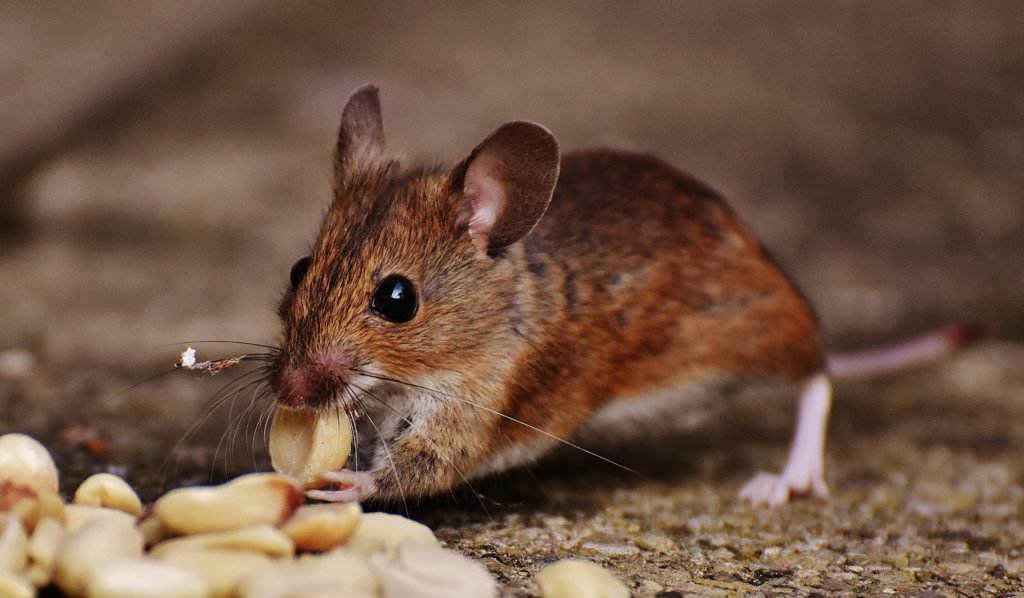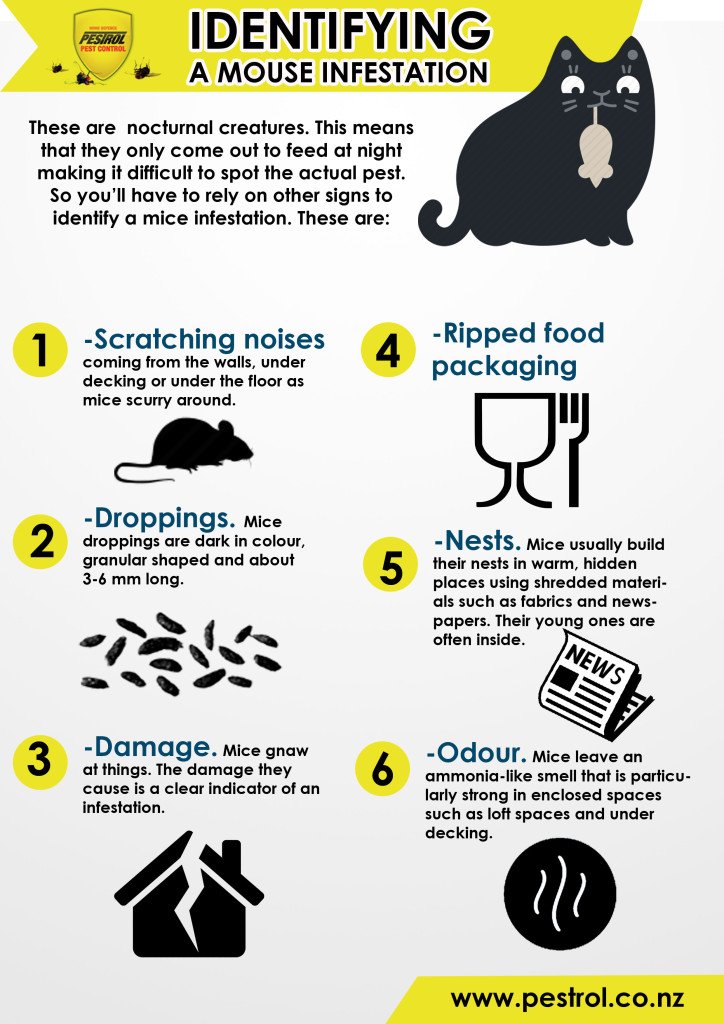 At a glance, mice may seem to be small, cute creatures that can cause no harm. That’s not the case. In large numbers, mice are some of the most destructive pests that could invade your home. Using their sharp teeth, mice will gnaw at virtually anything within sight from food, to wire insulation and plastics. They will chew through walls, floor joists and could even damage your home’s insulation.
At a glance, mice may seem to be small, cute creatures that can cause no harm. That’s not the case. In large numbers, mice are some of the most destructive pests that could invade your home. Using their sharp teeth, mice will gnaw at virtually anything within sight from food, to wire insulation and plastics. They will chew through walls, floor joists and could even damage your home’s insulation.
That’s not all, mice also pose a health hazard to humans and pets as they are capable of spreading various diseases to them. The CDC lists 35 diseases that could be spread by mice either directly or indirectly. In addition to this, mice could also introduce other pests such as ticks, mites and fleas into your home. (Source: http://www.cdc.gov/rodents/index.html)
Jump To:
What is the life cycle of mice?
How do you identify a mice infestation?
How do you prevent a mouse problem?
How do you control mice?
What Is The Life Cycle Of Mice?
Mice are quick breeders, which makes them quite difficult to control. After fertilization, female mice go through a gestation period of between 19 and 21 days after which they give birth to a litter of 10-12 young. The young, called pups, weigh about 0.5 – 1.5 g at birth, are hairless and have closed ears and eyelids. With the short gestation period and the large litter size, a mice infestation can get out of hand rapidly.
In ideal conditions, a mouse is capable of living for up to 3 years, but due to the less than ideal conditions they typically live in, mice live for about a year on average.
(Source: https://en.wikipedia.org/wiki/Mouse)
View our mice control products >
How Do You Identify A Mouse Infestation?
Mice are much smaller than rats and are about 3 – 4 inches (8 – 10cm) long. They have larger ears and can be brown or grey. They are quite curious and generally are much easier to capture than rats. Mouse faeces are pointy on one end and rounded on the other. Mice are so fast that you may see a “streak” moving across your floor before you realize that it might be a mouse.
Since mice are nocturnal creatures that only come out at night to feed, identification can be a bit of a challenge. There are several signs however that would indicate a mice infestation. These are:
- Scratching noises coming from the walls, under the floor or decking.
- Granular shaped droppings of about 3-6 mm in length.
- Damaged items as a result of the mice’s gnawing activities.
- Ripped food packaging.
- Ammonia-like odour that is especially strong in enclosed spaces such as under decking and loft spaces.

View our mice control products >
How Do You Prevent A Mouse Problem?
The number one reason pests come into your home is to look for food. By ensuring that no food is accessible to mice, the risk of infestation will be greatly reduced. This can be done by:
- Cleaning your house regularly, doing the dishes and cleaning food related messes as soon as they happen.
- Storing your food in secure containers preferably those made of glass or metal.
- Closing your bins tightly especially the ones you dump food waste in.
Closing up holes that mice could use to get into your house with mesh wire will also prevent mice from sneaking into your home.
View our mice control products >
How Do You Control Mice?
If mice have already invaded your home, there’s no need to worry. With the help of Pestrol’s professional mice control products, you can get rid of these stubborn creatures quickly and safely.
View our mice control products > займ киви онлайнмгновенный займ на карту без отказавзять займ на киви без привязки карты




